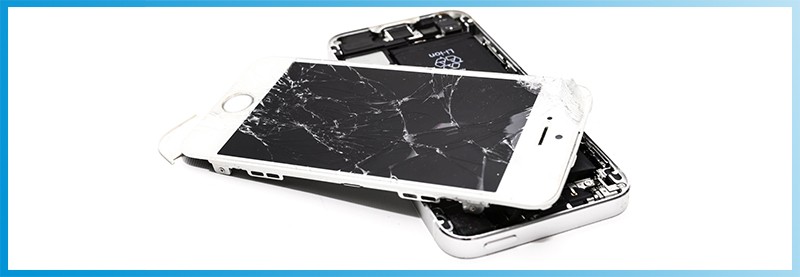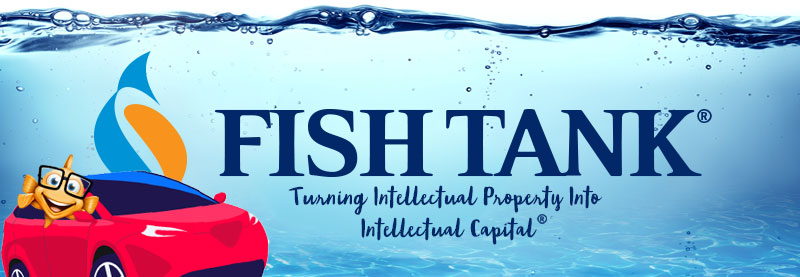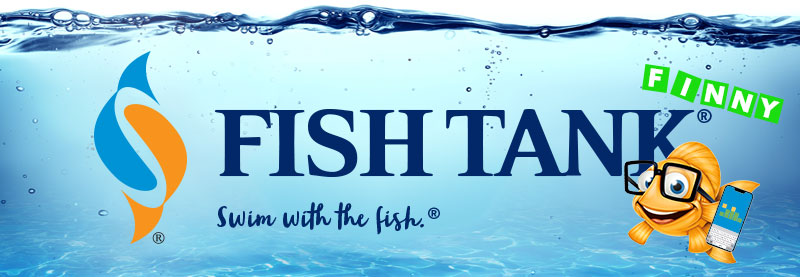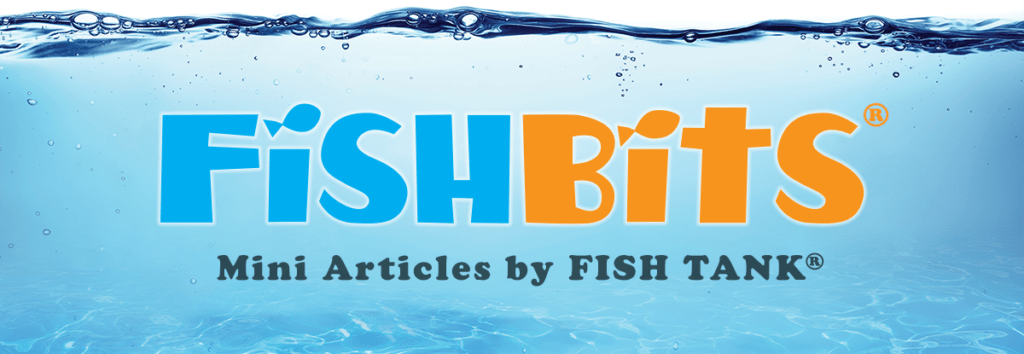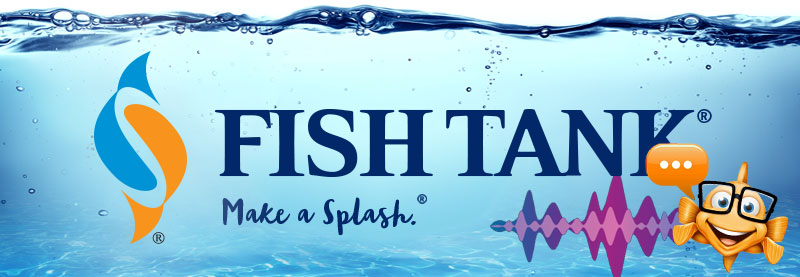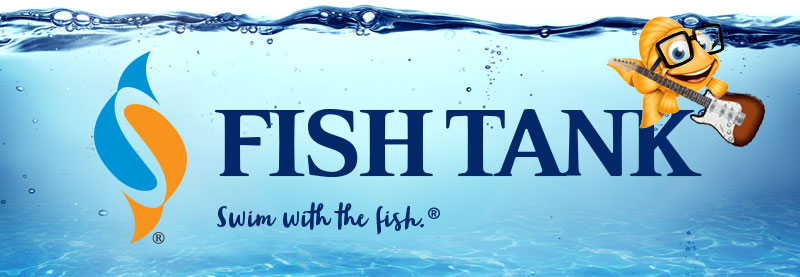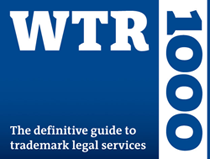Intellectual Property Insights from Fishman Stewart PLLC
Newsletter – Volume 22, Issue 13
Share on Social
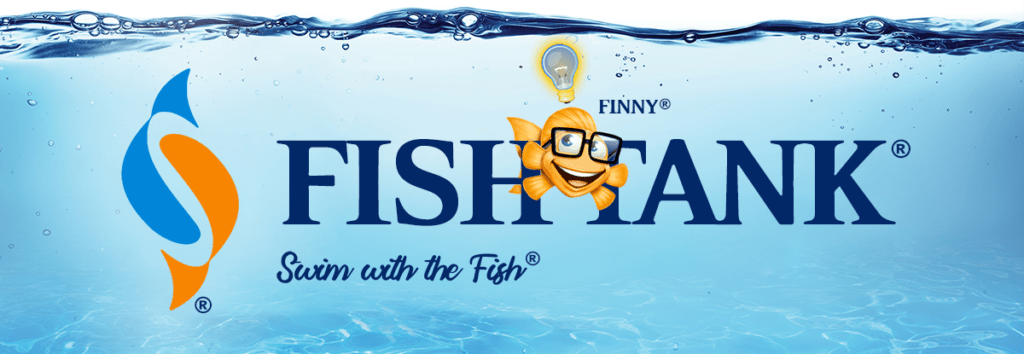
The European Union Refuses to “THINK DIFFERENT”
Many people may remember Apple’s iconic trademark THINK DIFFERENT from the late 1990s. The advertising campaign made a big splash with both television and print ads featuring images of several famous influential leaders throughout time, such as Albert Einstein, Jim Henson, Martin Luther King, Jr. and even Steve Jobs himself. The campaign spanned nearly a decade and won several awards including an Emmy Award for Best Commercial. The mark is still used on packaging for the company’s iMac computers.
However, the General Court of the European Union recently held that Apple’s use of the mark was not genuine trademark use sufficient to prevent cancellation of its registrations. The court upheld a prior decision by the European Union Intellectual Property Office to cancel Apple’s three European Union trademark registrations for the mark in connection with computers and computer related products. The court cited insufficient use of the term in a trademark manner as the basis for its ruling. Although the court found that Apple’s use of the mark in the late 1990s, and for a period of about 10 years thereafter, constituted use as a trademark, it ultimately held that Apple’s use during the relevant period of examination for the proceeding, namely October 2011 to October 2016, did not rise to the level of genuine trademark use. Below is an example of Apple’s product packaging showing use of the mark during the relevant time period.
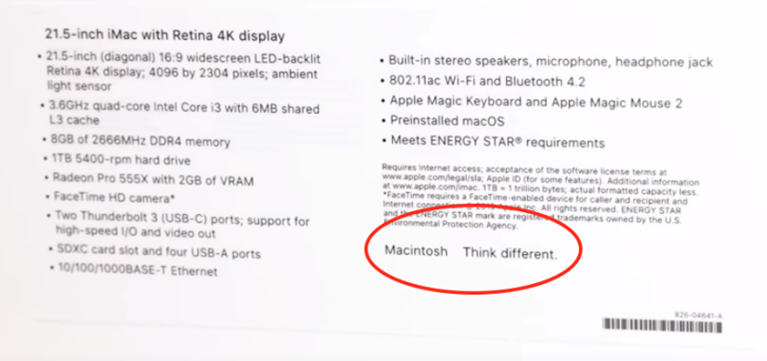
The court took issue with the size and placement of the mark on the packaging and noted that consumers would likely overlook the small print located underneath the technical specifications. The court reasoned that such small font and placement was not likely to draw consumers’ attention, and thus, the mark did not identify the commercial origin of the products. By contrast, under U.S. trademark law, the above product packaging is acceptable to support a U.S. federal trademark registration and in fact was used to renew Apple’s U.S. registration for the mark as late as 2013.
Nevertheless, the loss of Apple’s EU registrations is a big blow to the company given the notoriety of the mark and the fact that many people still associate the iconic mark with Apple. Apple has not yet commented on the decision.
It will be interesting to see whether Apple continues to renew its other registrations for the mark in the future. One factor that may have an impact on Apple’s future course of action is its ongoing feud with the Swiss watch manufacturer Swatch AG, which had initiated the cancellation proceeding that resulted in the outcome in this case. Swatch and Apple are engaged in several contentious trademark battles. At any rate, this case serves as a good lesson for EU trademark registration owners: when it comes to proving genuine trademark use, size and placement matter!
Published June 24, 2022

Finny continues his adventures around the world!
Sir Finnegan, known as “Finny” to his school of family and friends, is taking a trip to explore the diversity of intellectual property all around the world. If you see Finny on his journey, please take a picture of Finny and post it on social media with the hashtag #FollowFinny so we can track his progress. A plush toy of Finny is available to take home HERE.
Related Content from Fishman Stewart
Car enthusiasts are buzzing about Alfa Romeo's latest SUV which is also its first EV (plus a hybrid option). Initially branded as “Milano,” the name was changed to "Junior" after it was announced that the car would be produced in Poland.
The online word game Wordle was created in 2021 by Josh Wardle and quickly rose in popularity. Players receive a new puzzle daily with six chances to correctly guess a five-letter word of the day with limited clues.
In a recent decision, the U.S. Court of Appeal for the Eighth Circuit affirmed a jury verdict holding that the use of the "Success Kid" meme by a congressman's reelection campaign for fundraising purposes did not qualify as fair use.
In February 2024, proposed legislation was introduced in US House of Representatives which would extend copyright protection to golf courses. The bill is titled “Bolstering Intellectual Rights against Digital Infringement Enhancement Act” or the “BIRDIE Act”.
OpenAI recently held a live demonstration of a new ChatGPT version that included the use of an AI personal assistant voice dubbed “Sky.” Many observers compared Sky to Scarlett Johansson’s voice in the 2013 Spike Jonze romantic sci-fi film “Her,” which centers on a man who falls in love with the female voice of his computer’s operating system.
June is Pride Month, which honors the 1969 Stonewall Uprising in Manhattan and recognizes the impact that lesbian, gay, bisexual, and transgender (LGBTQ+) individuals have had on history locally, nationally, and internationally. The United States Patent and Trademark Office flies the Pride Flag and promotes the Pride community’s contributions with programming offered annually.
First-time inventions have led inventors to great successes throughout history, sometimes immediately, sometimes after several more attempts at more useful inventions. In the U.S., two very famous inventors with contrasting first-time experiences are Thomas Edison and Alexander Graham Bell.
June is Pride Month. This year we are celebrating with some IP tips for drag performers! Drag performers can protect their intellectual property by registering the copyrights in their original works of music, choreography, and comedy sketches.
Bands often start out as creative endeavors among friends, and bands may not prove lucrative for many years, if at all. Until bands break up, thought and planning may not be given to who is the owner of the band names and entitled to use them going forward.
You’re rarely more than a few yards from Finny’s favorite chips, semiconductor chips to be precise. But what exactly is a semiconductor chip?
IDENTIFYING, SECURING AND ADVANCING CREATIVITY®


